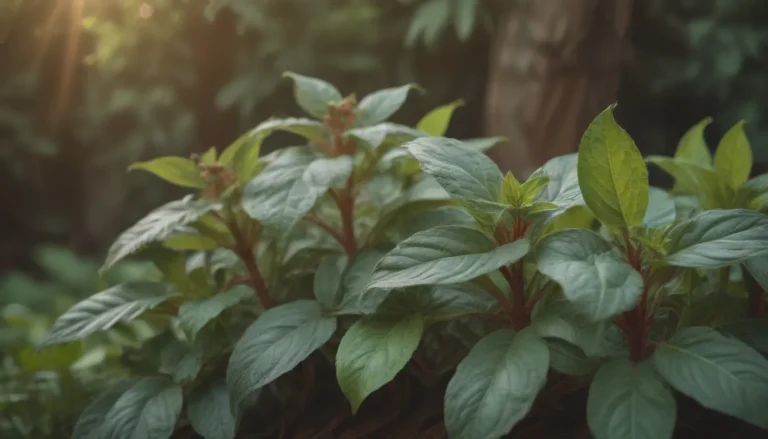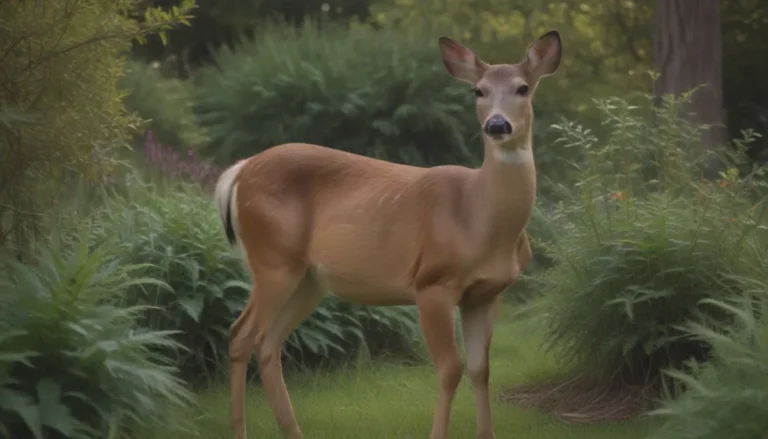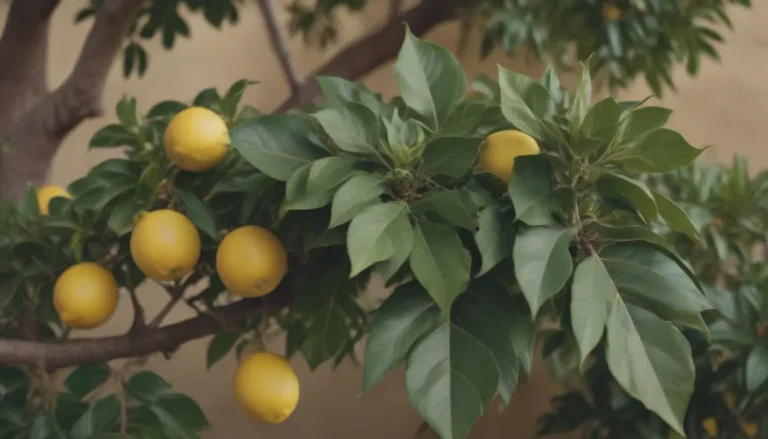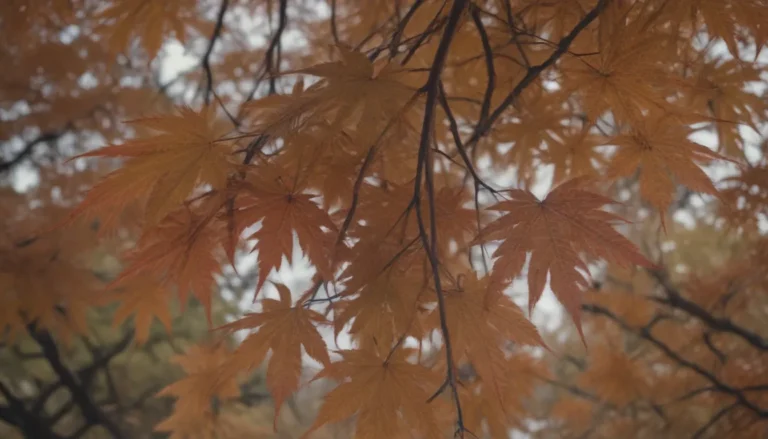The Ultimate Guide to Elm Trees
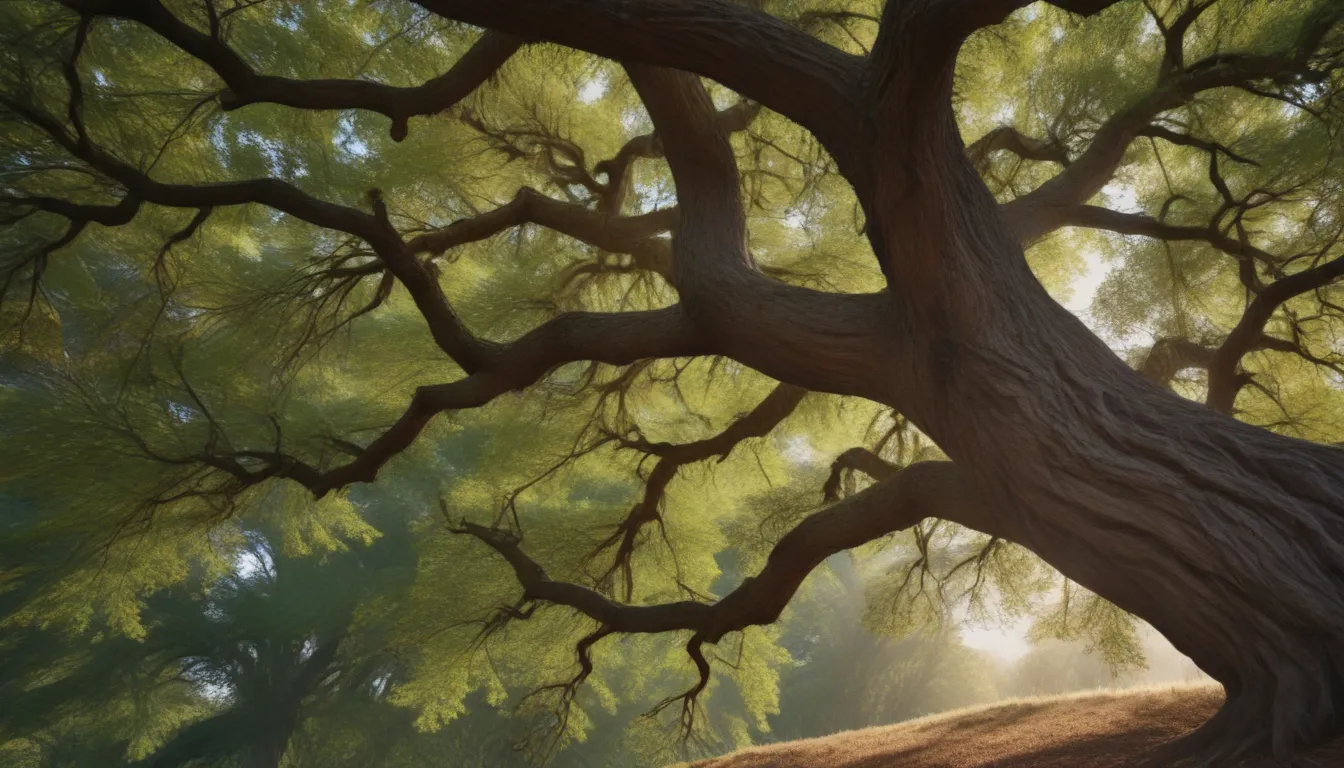
Elm trees, a member of the Ulmus genus in the Ulmaceae family, are known for their tall stature and spreading canopies. With 30 to 40 species of deciduous trees within the genus, elms have been popular landscape trees for centuries, thanks to their strong, durable wood that resists weather and rot. In this comprehensive guide, you will learn all about elm trees, from identification to cultivation, and discover 10 elm species that will add beauty and value to your landscape.
Getting to Know Elm Trees
Elm trees are recognizable by their large, oval leaves with serrated edges, typically arranged alternately on the branches. Their bark is often rough, and they produce flowers that develop into circular or oval fruiting bodies called samaras, each containing a single seed. Unfortunately, many elm species in North America and Europe have suffered due to Dutch elm disease (DED), a devastating fungal infection.
Elm Tree Identification Tips:
- Look for tall trees with spreading canopies.
- Identify oval leaves with serrated edges.
- Notice the rough texture of the bark.
- Pay attention to the circular or oval samaras.
The Impact of Dutch Elm Disease
In the 1930s, Dutch elm disease swept through the United States, causing widespread devastation among elm populations. Despite the challenges posed by DED, researchers have developed cultivars of the American elm (Ulmus americana) that are resistant to the disease, offering hope for the future of these iconic trees.
10 Elm Species You Should Consider
1. American Elm (Ulmus americana)
- Native Area:
- USDA Growing Zones:
- Height:
- Sun Exposure:
The American elm, a classic shade tree with a vase-shaped canopy, is the state tree of both Massachusetts and North Dakota. While it has been severely affected by Dutch elm disease, cultivars like ‘Valley Forge’ and ‘Princeton’ offer improved resistance. Look for long oval leaves and a vast canopy spread when identifying this species.
2. Camperdown Elm (Ulmus glabra ‘Camperdownii’)
- Native Area:
- USDA Growing Zones:
- Height:
- Sun Exposure:
The Camperdown elm is a weeping variety that creates a unique, hidden space with its trailing branches. This species prefers moist soil and has a flattened canopy that can spread wider than its height.
3. Cedar Elm (Ulmus crassifolia)
- Native Area:
- USDA Growing Zones:
- Height:
- Sun Exposure:
Ideal for urban areas, the cedar elm thrives in polluted and drought-prone environments. With small leaves and a tolerance for poor soil, this species earned its name due to its association with junipers.
4. Cherry-Bark Elm (Ulmus villosa)
- Native Area:
- USDA Growing Zones:
- Height:
- Sun Exposure:
The cherry-bark elm, with its smooth bark and elliptical samaras, is known for its resistance to Dutch elm disease. This long-lived species boasts a bushy shape and can live up to 100 years.
5. Chinese Elm (Ulmus parvifolia)
- Native Area:
- USDA Growing Zones:
- Height:
- Sun Exposure:
With distinctive exfoliating bark and a rounded shape, the Chinese elm adapts well to various soil types. Popular for bonsai cultivation, this species is a suitable alternative to the American elm.
6. David Elm (Ulmus davidiana)
- Native Area:
- USDA Growing Zones:
- Height:
- Sun Exposure:
The David elm, a small deciduous tree with a dense canopy, plays a crucial role in developing Dutch elm disease-resistant cultivars. With its resilience and suitability for hybridization, this species offers hope for elm conservation.
7. English Elm (Ulmus procera)
- Native Area:
- USDA Growing Zones:
- Height:
- Sun Exposure:
One of the fastest-growing elm species, the English elm reproduces through suckers and thrives in salty soils and urban environments. Its roughly hairy leaves and rapid growth make it a versatile landscaping choice.
8. European White Elm (Ulmus laevis)
- Native Area:
- USDA Growing Zones:
- Height:
- Sun Exposure:
Also known as the Russian elm in the United States, the European white elm is a fast-growing tree that tolerates wet conditions. While susceptible to Dutch elm disease, this species is less attractive to the elm bark beetle responsible for spreading the disease.
9. Siberian Elm (Ulmus pumila)
- Native Area:
- USDA Growing Zones:
- Height:
- Sun Exposure:
The Siberian elm, a fast-growing deciduous tree, is known for its resilience and adaptability. Despite being labeled as a potential invasive species, this elm variety offers excellent growth in challenging conditions and displays resistance to Dutch elm disease.
10. Slippery Elm (Ulmus rubra)
- Native Area:
- USDA Growing Zones:
- Height:
- Sun Exposure:
The slippery elm, with its red inner bark and vase-shaped crown, is unique for its mucilage-rich bark. While susceptible to Dutch elm disease, this species offers an attractive appearance and a distinct presence in the landscape.
In conclusion, elm trees are a diverse and resilient group of species that offer a range of benefits for your landscape. By understanding the characteristics and growing requirements of different elm varieties, you can choose the right tree to enhance the beauty and value of your outdoor space. Whether you opt for a classic American elm or a fast-growing English elm, these trees are sure to bring years of enjoyment and environmental benefits to your surroundings.

